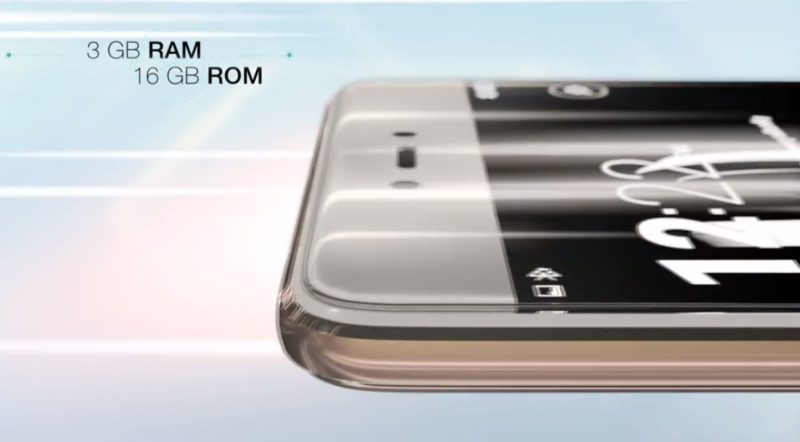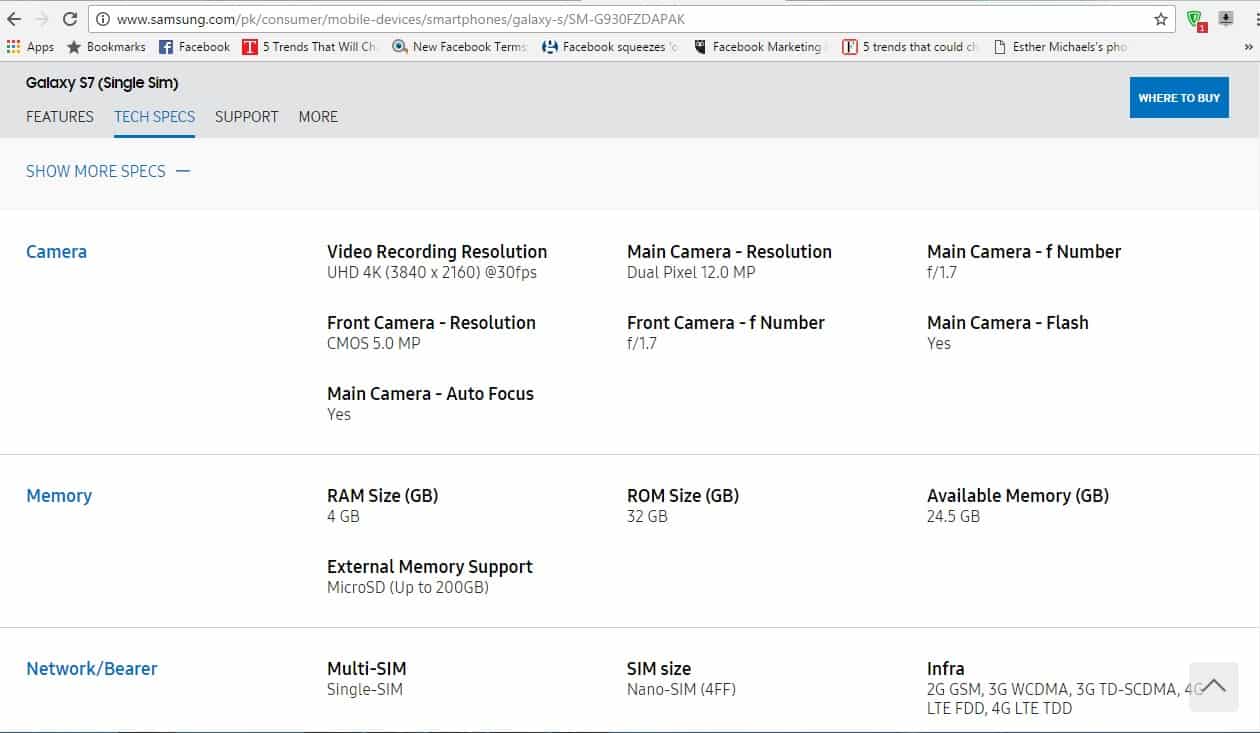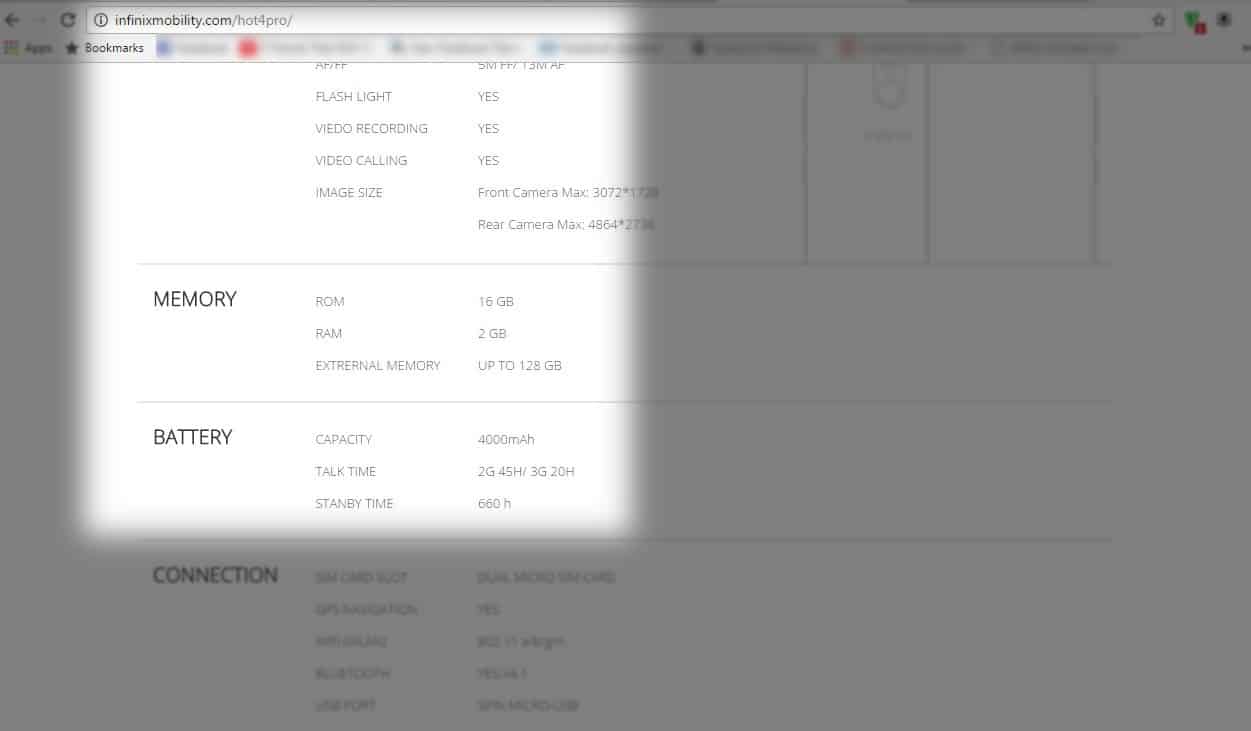Update:
We have learned that its industry wide and common practice by phone makers to call the internal flash storage as ROM, which is technically incorrect. We will explain at the end that why you can’t call the storage as a ROM.
————————————————
Smartphone makers, for reasons we don’t know, have been calling internal storage as ROM. For the sake of definition, ROMs are read only memories and are used for fixed software that’s not removed/edited usually.
Electronic appliances, microwave ovens, washing machines or other similar devices come with ROMs that contain software to help them run the operations. These ROMs are written once and are seldom updated.
Similarly, there are ROMs in computers as well that contain particular booting data and other information required by systems to load operating systems.
Now its not that ROMs are not writable at all, but they aren’t known for easy or fast data writing mechanisms.
Phone makers, on the other hands, have been calling the internal storage as ROM, which is technically incorrect.
If you have seen any of the recent ads from the smartphone manufacturers like Samsung, QMobile, Huawei, Infinix or HTC, you would have realized that they advertise ROM as the flash storage. We are presenting here few examples where brands are advertise internal storage as ROMs:
Check below screen-grab taken from Samsung Pakistan’s official website:
Check memory segment, where they have mentioned ROM size as 32 GB, which is clearly the storage.
Infinix calls storage as ROM as well. Below is the screen grab:
Now check the Qmobile TVC attached below at 0:42, where they clearly tout a “16 GB ROM”.
Then Huawei has done the same thing. On their specification page for P9 here, they have mentioned storage as ROM. Below is the screen grab:
HTC has also followed the suite. While scrolling through my Instagram feed, I was lucky enough to come across HTC Pakistan’s sponsored post on Instagram, calling it a 32 GB ROM in the HTC Desire 628 (screenshot attached below).
I get it, it does sound cooler to say that your phone has X GB of RAM and Y GB of ROM from an advertising perspective. Tom and Jerry, Jack and Jill, RAM and ROM, it does have a ring to it. It even consumes less of your advertising space and saves a whole second or two when narrating the specs in an ad. However, it is certainly not cool to say that your phone has X GB of ROM when it simply can’t (and doesn’t need to).
To put it simply, RAM, ROM and storage devices are the basic components of a computer, taught at the most basic levels in school. They both may be storage devices but they are vastly different in their functions and there is no way a phone (or even a mainframe computer) can have a 16 GB ROM.
What is ROM?
ROM stands for Read-Only Memory and is a non-volatile form of memory. Aptly named, ROM is not for the purpose of storing pictures, music or any files and is “read only”. Data stored in ROM can be modified in some cases, but even then extremely slowly and with difficulty.
ROM is used only for storing firmware — software that is required for starting up the system and contains essential information about the hardware. The average size of ROM is also minimal as compared to the internal storage.
The storage they are talking about is Internal Flash Storage. Flash Storage blurs the line between RAM and ROM. Although it is not fast as RAM, it is better in the manner that it can keep its memory even when turned off and on again. All phones come with varying capacities of internal Flash Storage, from as little as a couple of GBs to all the way up to 256 GB.
Smartphone makers might not find it much of a bother if they didn’t use a technically correct term and might continue to use it anyway. But people like us here at ProPakistani, however, have a penchant for all things technology and geeky. We find it incredibly irksome and it is our responsibility to call them out.
Hopefully, this effort will correct some facts for the phone makers.


























good
On Spot , I was wondering the same!
even public thinks in the same manner. I checked some samples they think ROM is the palce where they can save their pics and files
They also advertise RAM as processing speed. lol
It’s not a big issue, the word ROM is carried from older devices and can be interchangeably used for storage for today’s devices.
Most of the smartphones are manufactured in China and they use the word ROM for the storage so its normal if the companies in Pakistan are doing the same. If the public can understand the message then its okay.
The real issue you have completely ignored is that these ad agencies are measuring RAM as some kind of speed force e.g. 3GB fast . . .
So what, it doesn’t make it all right to use the wrong term. Saying “8 GB storage” instead of “8 GB ROM” is accurate and understandible by all masses.
Who says its a “wrong term”? Is there any authority that declarerd it wrong to use the word ROM for storage? For some people Internet means Facebook and WhatsApp only, are they wrong?
If you can convey the meaning to laymen then that’s all we need.
Wow, you need AUTHORITY to tell you what is wrong and right here even when you KNOW DEFINITION OF ROM???
Okay fine, yes, it’s called a “technical dictionary”
ROM cannot be used for storage by end user, as mentioned by ProPakistani “ROM is used only for storing firmware — software that is required for starting up the system and contains essential information about the hardware. The average size of ROM is also minimal as compared to the internal storage.” Instead flash is right term. ROM and Flash/Storage are physically different components on board.
Um, no it’s not. That was a long time ago. Nowadays, that would be redundant when you already have such high speed NAND or eMMC chips present on board. What you’re calling ROM is just an isolated partition on the internal storage containing the system image, the bootloader stack and the kernel. You can access and modify its contents if you get superuser status/root access. Don’t talk about stuff you don’t know.
Exactly
You think word like ROM conveys meaning better than the word storage?
You are strange.
lol true
even i also thought ROM is the internal memory
normally they mention 2 Gb and 32 Gb 1 byte is 8 bits so normally 2Gb is 256mb and 32Gb is 4GB
Flash Memory /NAND Flash or similar storage are actually a type of EEPROM aka Electrically Erasable Programmable ROM which is a type of ROM. So they are not wrong if they use a much broader term ROM for flash storage. It easy for the non tech audience, requires less explanation and takes less space. Furthermore, ROM is much more popular term for the non tech audience as compared to EEPROM, Flash or NAND flash or whatever more enhancement version of flash or anything advanced storage comes out in near future.
https://en.wikipedia.org/wiki/Flash_memory
Yes, Flash storage is simply a different kind of EEPROM that can be updated. But no sane person ever calls flash ROM.
ahan I was wondering the same thing since ages, nice that you are highlighting.
Aur maze ki baat kisi shopkeeper ke pas jao and pretend to be a non-technical person, he would advocate and will teach you what is RAM and what is ROM :-) And you will have to say acha bhai aisa hi hoga mujhe kia pata aapko ziyada pata hoga :-)
Being a EE, this really sucks. You often come across people who think that since they’ve been in the industry for so many years, they know better than what’s written in your engineering books.
Bilkul theek kaha !
Your article is more misleading then those Ads, they use ROM term to avoid lawsuits! FYI, Smart phones does’t store their OS / Firmware in separate ROM instead they create several partitions in “Internal Storage” like /boot /system /recovery /data and /cache, OS consumes all partitions except the /data partition which remain available to user as photo, app storage etc.. The trick is that, instead of telling people about available storage ( /data partition size ) they advertise total size of “Internal Storage”. So to cover their trick / cheat they refer it as ROM. use of any other term like storage, space, capacity etc… can be disastrous for them in court of law, as they can’t prove such claimed capacity or storage!
This is exactly right. Learn something, ProPakistani, self labeled “pioneers in the industry”.
Good One!
And this is what we call creating a mountain out of a molehill.
Screw RAM & ROM
Only RAM & REM matter.
http://vignette1.wikia.nocookie.net/rezero/images/d/d6/Rem_and_Ram_-_Dainishou_Manga_3.png/revision/latest?cb=20160520111922
And this is what we call creating a mountain out of a molehill.
Screw RAM & ROM
Only RAM & REM matter.
Achi Post hy, Q ke Ye Log Pakistan Me Jahalat Phela Rahe Hyn.
the more shocking thing is super fast charging in 2 hours :D what the hell My nexus super charging 100% in 35 minutes. Qmobile plzz get a life
Well it depends upon the battery size (Cell size, amperage) as well. I have a Cube T9 tablet that has 10,000mah battery and takes 2.5 hours to full charge if drained completely before charging. It has no fast charging or quick charging capability.
At the same time, several device perform charging in steps, bulk charge till 50%, regular charge till 75-85% and trickle charge (which takes the longest) upto 100. It depends upon a lot of factors like charger type, battery charging technology (yes battery has a charging circuit too if you tear a battery apart you will find a small circuit inside the battery) and , battery cell size and overall battery amperage rating. Each device will have different charging capabilities and may have certain patented charging technology (super charge, fast charge, quick charge 2.0 etc). Some charging technologies are aimed at protecting the battery while others focus on providing a charge as quickly as possible and there are others which use a combination of both.
What’s the point of this article anyway?
To fill up the daily article quota.
When it comes to mobile since years people have preferred to say ROM instead of Internal Storage, there’s nothing new, & Q Mobile at 00:42 says 32GB, not 16GB propakistani :p you mention others mistakes while ignore yours? :p
U use the same Word ROM . And a kiddo like me found it. Bravo bravo.??
Bhai yeh tu copy paste kartey hain inka kasoor nahi hai :P
Welldone, BTW who told you are kiddo. You are one Smartest Kiddo with good ROM ;)
You know nothing Rehan Ahmed,
A dumb article
Abbreviations like IFS (Internal Flash Storage) and EFS (External Flash Storage) should be used to better define the technical terms.